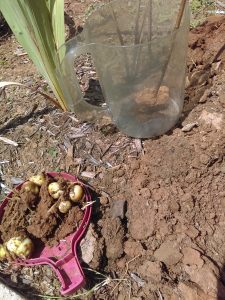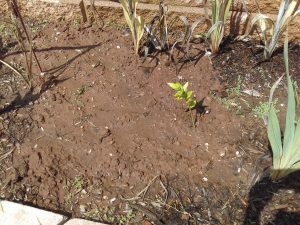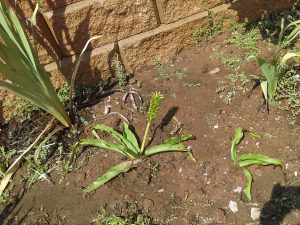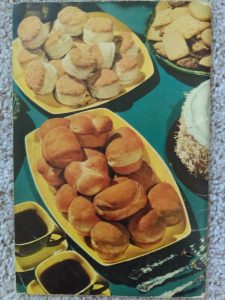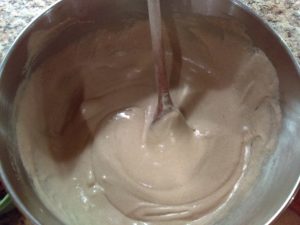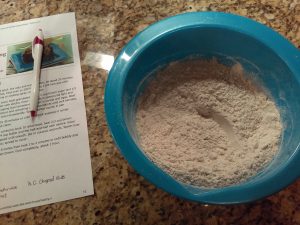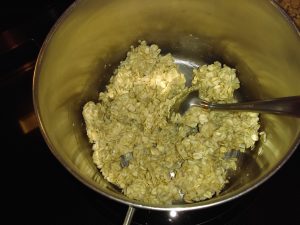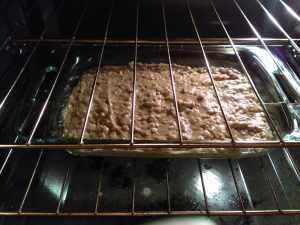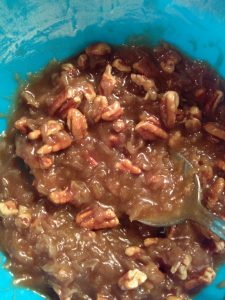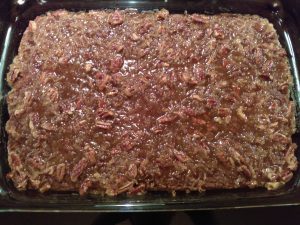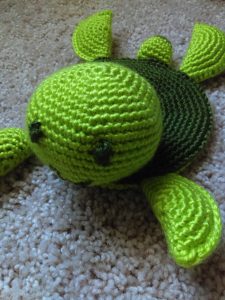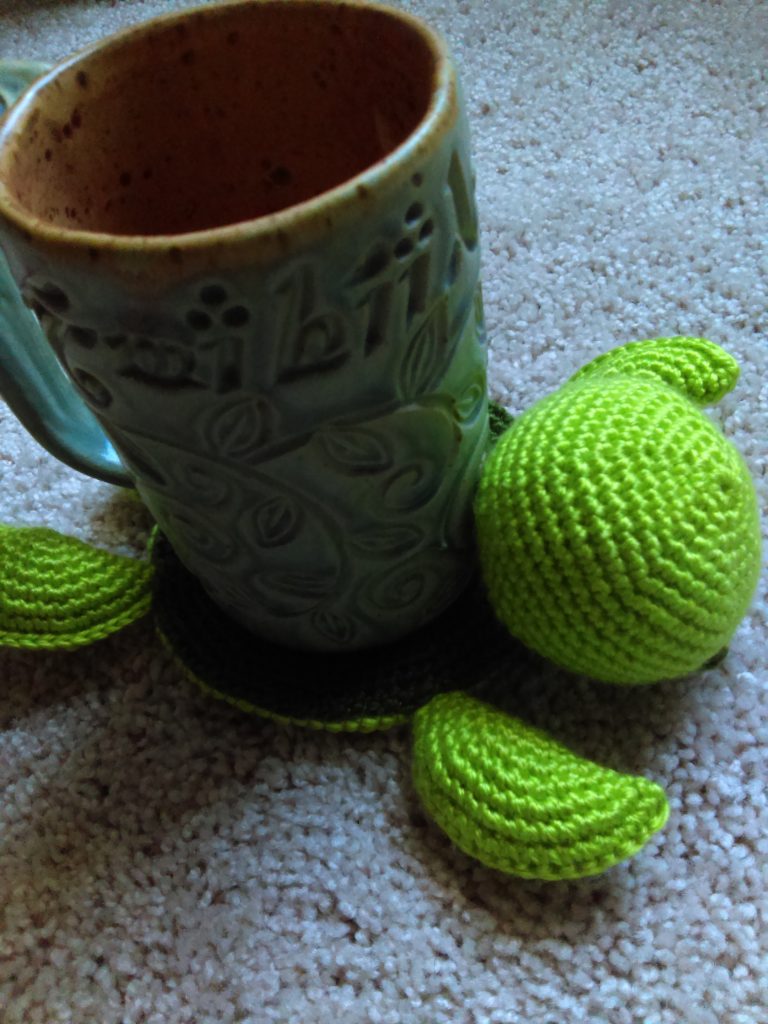Pretzels are delicious, especially when they come directly out of your own oven. When I first looked at Pretzel Making at Home, by Andrea Slonecker, I thought the process would be tedious. However, I was very wrong. Making pretzels from scratch is fun and easy once you get the hang of it. I started with the recipe for the soft variety, since it is recommended in her book. This recipe doesn’t taste like Auntie Anne’s because it is a traditional one, but it is super tasty in its own right.

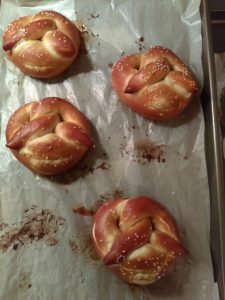
While the habit of making pretzels is easy to pick up, the first time was quite a challenge for me. The kitchen was a mess, and I reread everything, probably twenty times. No joke! But, that’s how I always am when trying anything new. While I know my way around pastry, I was treading unfamiliar water with yeast bread. For some reason it intimidated me. However, I found out that the most difficult part of making yeast bread is waiting for the dough to rise. Planning ahead is key, because, up to a certain point the dough tastes better the longer it sits.

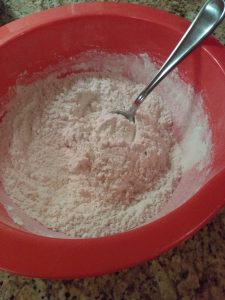
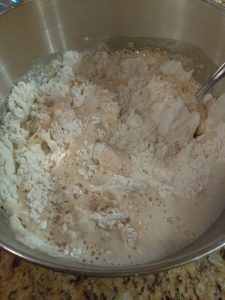
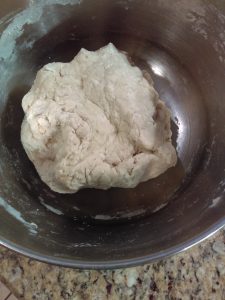
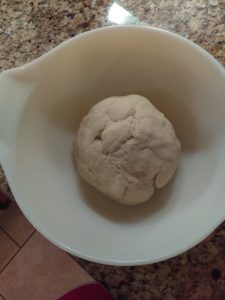
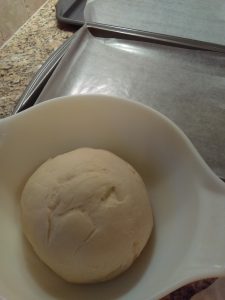
After combining all of the dough ingredients, I kneaded the ball for seven minutes by hand. It could be kneaded with a stand mixer, too. Then I let it sit overnight in the refrigerator, where it doubled in size. I then deflated and cut the dough into eight equal parts as the recipe instructed. I took each part and rolled it out, keeping the middle thicker than the ends. Andrea instructs to let the rolled pretzels relax, then to stretch them more before twisting them. After twisting them, I covered them with a moist towel and let them rise by about half. While those rose, I had time to prepare the lye solution and preheat the oven to 500 degrees Fahrenheit.
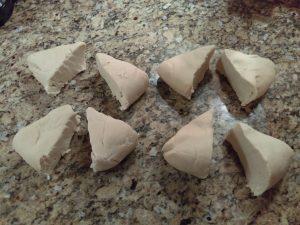


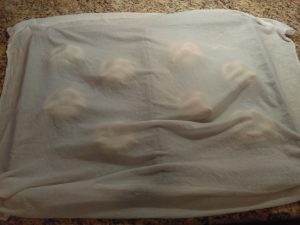
Dipping Pretzels in Lye
It is funny to note that the lye part didn’t scare me as much as the yeast bread until I had to stick my head near the steaming pot. It is extremely important to keep the stove fan on the entire time to avoid lye fumes. Even if there is no steam, the fumes are still caustic. Andrea suggests wearing a mask and rubber gloves to avoid any irritation. While it seems drastic, there is really nothing to be frightened of as long as you follow directions and keep good ventilation. Lye is very important in making that unique pretzel taste and dark brown crust. If lye seems too scary, there is a baking soda alternative.
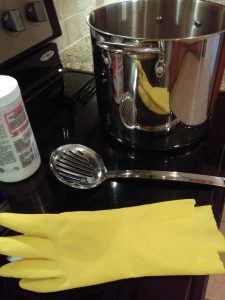
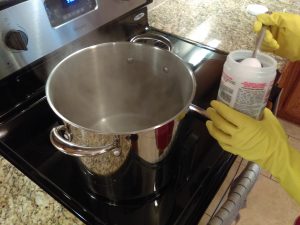

After dipping the pretzels in lye, I salted them and placed them in the oven. Halfway through cooking time, I rotated the pans and switched where they were. It only took twelve minutes of actual baking to get done. Most of the work involves kneading and dipping the dough. Overall it was an awesome experience, and I have since made two more batches. I highly recommend pretzel making at home both the book and the practice.

